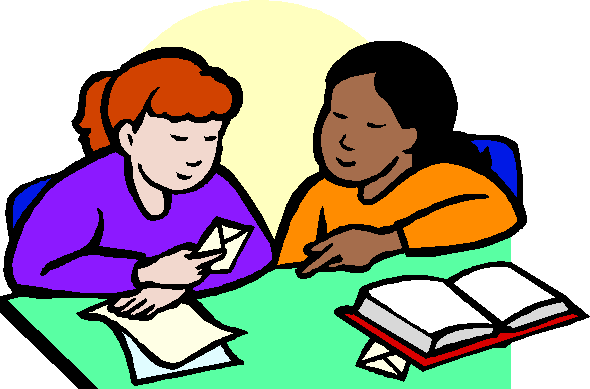 An important skill for teachers to master is active listening. When teachers listen actively, they send children the message that they are important enough to have the teacher’s undivided attention. When a teacher is an active listener, she is able to guide children to solve problems for themselves. Active listening is a bit of a misnomer since it is your responses that are key in this technique.
An important skill for teachers to master is active listening. When teachers listen actively, they send children the message that they are important enough to have the teacher’s undivided attention. When a teacher is an active listener, she is able to guide children to solve problems for themselves. Active listening is a bit of a misnomer since it is your responses that are key in this technique.
Depending on what the child has said, an active response would be to (a) paraphrase what you have just heard (this could include helping the child label feelings or describe a situation), and when appropriate, (b) ask a question that will lead the child to her own solution. When a child has clearly described something that happened, an active response is one where the teacher restates the situation, labeling any feelings that have been shared. For example, Deloris comes to her teacher and says, “It’s my turn to play with the kangaroo puzzle, and Lisa won’t give it to me.” An active response would be, “You sound angry, Deloris. What can you do to work this out with Lisa?” If Deloris has solved problems before she may be able to suggest talking to Lisa or sharing the puzzle. If not, the teacher would offer to go with her and guide her to tell Lisa what the problem is and help them come up with a solution. Although it would be easier for the teacher to tell Deloris and Lisa that they have to share or take the puzzle away until the children stop arguing, the active listening response lets the children know that the teacher has confidence that they can work it out. Teachers who use active listening understand that their goal is for children to learn to become active problem-solvers for themselves.
There are four basic active listening techniques: encouraging, restating, reflecting, and summarizing. Use encouraging responses such as “uh-huh”, “go on”, “I see”, and “tell me more about that” to encourage the student to continue talking. You may be surprised at how much more a student will say with a minimal amount of encouragement. Restating responses such as “it sounds like you didn’t do very well on your math test” or “you forgot your homework” mirror the facts that the student has shared. You may want to use restating responses to show that you understand what the student has said to you. You may also want to use restating responses when you think that the student may notice inconsistencies in his or her own statements. Reflecting responses such as “you seem to feel that… ” or “you seem to be afraid that…” capture the essence of the feelings that the student has expressed. Summarizing responses pull important ideas and facts together. Summarizing statements establish a basis for further discussion and also help you to review what you’ve discussed and the progress that you have made. Examples of summarizing statements include “You’re really not certain what you want to do” or “You seem pulled in two directions…” The chart details the purpose and procedures for the four different active listening techniques.
Active Listening Techniques
- To convey interest.
- To keep the person talking.
Use noncommittal words with positive tone of voice.
- “I see…”
- “Uh-huh…”
- “That’s interesting…”
- Tell me more about that
- To show that you are listening and understand.
- To let the person know your grasp the facts.
- “If I understand, your idea is…”
- “In other words, this is your decision…”
- To show that you are listening and understand.
- To let others know you understand their feelings.
- “You seem to feel that…”
- “You sound like you were pretty disturbed by this…
- To pull important ideas, facts, etc. together.
- To establish a basis for further discussion.
- To review progress.
- “These seem to be the key ideas you have expressed…”
- “If I understand you, you feel this way about the situation.”
Next Section: Session 1
Previous Section: General Strategies for the Conferences